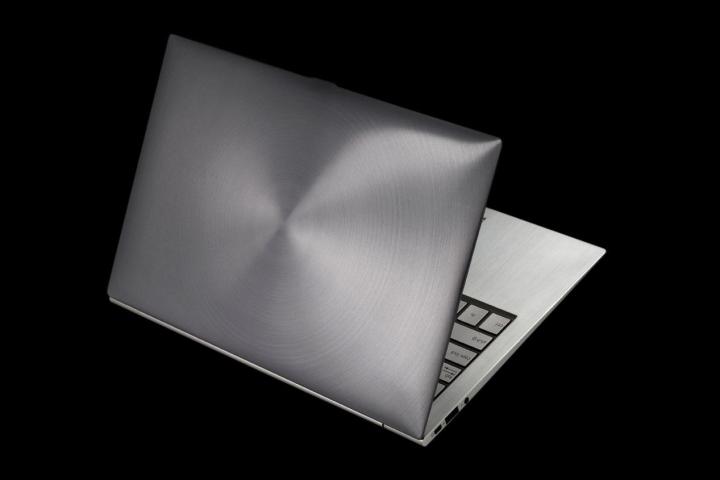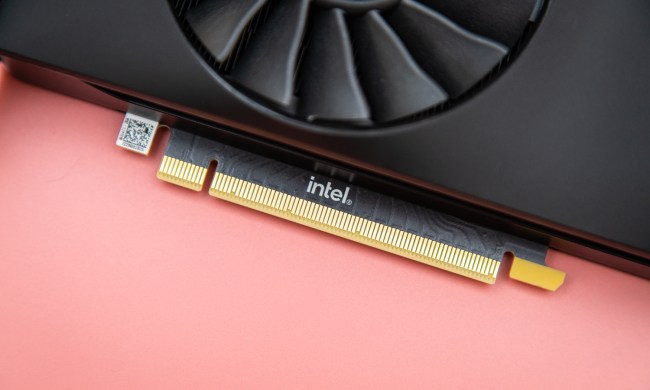
When Intel announced the Ultrabook in 2011, it made an ambitious claim: 40 percent of all laptops sold in 2012 would be Ultrabooks. This has proven to be a fantasy. 2012 passed with consumers hardly noticing the new segment, and even 2013 saw Ultrabooks win just a small fraction of the dwindling notebook market.
The reason for this is simple: price. Consumers have leaned towards laptops sold for roughly $600 or less for as long as they’ve existed, and no PC maker aside from Apple can sell a significant number of units if they’re priced above that mark. Ultrabooks will never sell if they’re priced beyond what most people are willing to spend, and Intel has promised in the past that cheaper models are right around the corner. Yet, they haven’t appeared. So what’s going on?
Budget? A dying breed
The trajectory of Ultrabook prices hasn’t taken the steep dive that we’ve been waiting for. The first models that were sold way back in 2011 were, as you’d expect, expensive. Yet, in some cases, they were less costly than current alternatives. Consider the ASUS Zenbook ASUS UX31, an early leader in the category. At its launch, this system was priced at $1,049. You can now buy this laptop (with outdated 3rd-generation Intel hardware) for $900. However, its replacement, the Zenbook UX301LA, starts at about $1,500. That’s an increase of $450.
Notebooks need to be thinner, more portable and more attractive to compete.
Then there’s Lenovo, which has apparently decided that budget Ultrabooks aren’t worth the trouble. We gave Lenovo’s Ideapad U310 an Editor’s Choice award in June of 2012 for its combination of solid quality and affordable pricing, and we were shocked to see its price occasionally drop as low as $599 in subsequent months. Today, however, it’s gone. Only the U430p manages to offer similar value but, because it lacks a touchscreen, it doesn’t technically qualify as an Ultrabook under Intel’s newest guidelines.
Too much pain, not enough profit
Earlier this year, Acer’s CEO, Jason Chen, told Bloomberg that entering the Ultrabook market was among the company’s biggest mistakes. Why? Simple. The company put a lot of money into designing new systems that never sold in large numbers.
Other companies haven’t resorted to pointing fingers, but it’s clear that the Ultrabook’s failure to gain traction has forced the major notebook manufacturers to chase a rainbow with no pot of gold at the end. In addition to its disappointing market share, Ultrabooks haven’t moved the needle on average PC transaction prices. In fact, the downward trend has continued; the average is now down to $544, a drop of $70 from 2010. People want what they want, and what they want is an affordable PC.
This has created a nasty catch-22. PC manufacturers want to sell an inexpensive Ultrabook, but they can’t. The hardware they must put inside is so expensive that it’s impossible to turn a profit. Costs can only be reduced if production is increased, but consumers aren’t going to buy enough units to justify an increase in production until prices are lower. Would you buy a $1,000 Ultrabook now in hopes that you’ll get one for $600 three years down the road? Of course not.
Blame Intel
Intel is unquestionably the villain in this story, and not just because the company made projections which reality refused to mirror. The real issue is the fact that Intel, as a company, won’t accept a lower profit margin.
People want what they want, and what they want is an affordable PC.
Even Intel’s processors are shockingly expensive. An Intel Core i5-4200U, the current “standard” processor found in most base model Ultrabooks, has a tray price of $281. While PC makers often negotiate a nice discount into a bulk purchase – let’s say they end up settling on $250, for example – that’s still a huge chunk of a $599 notebook’s retail MSRP. Intel’s statement that $599 Ultrabooks would be available by Christmas 2014 was, in retrospect, wishful thinking.
Intel’s decision to make touch mandatory and push alternative input methods, like gesture recognition, only makes matters worse. Manufacturers can’t add new hardware while reducing the price unless they save money elsewhere, but Intel’s decision to guard its profits makes such savings unlikely.
The Ultrabook’s dead end
So here we are in 2014. Where are the $599 Ultrabooks? Nowhere in sight.
That’s a serious problem. The notebook PC has stagnated, and consumers are flocking to other options, most notably tablets, whenever possible. Notebooks need to be thinner, more portable and more attractive to compete.
Yet, the only PC that might fill these needs is locked behind an iron gate labeled MSRP. Buyers occasionally peek through the bars in curiosity but, unwilling to pay the price, instead go home with an iPad or Samsung Galaxy Note.
Intel holds the key to that gate. The company could throw it open by offering more affordable processors and dropping unnecessary features, like touch, from the spec. Until that happens, budget models will be rare, and the Ultrabook will remain a dead end.


